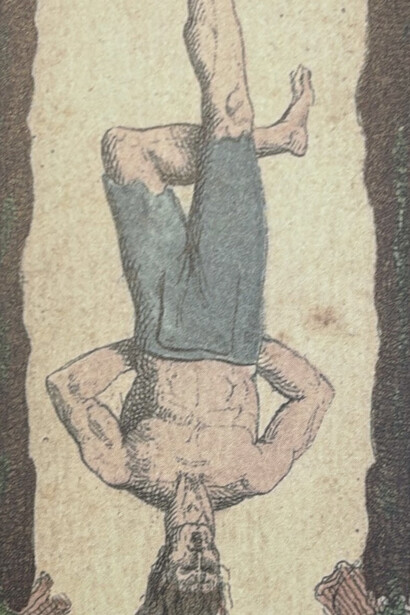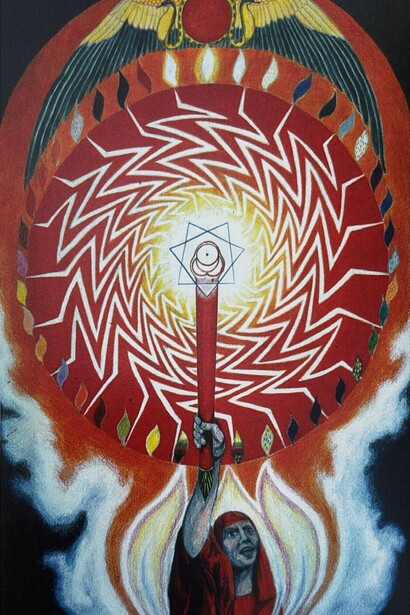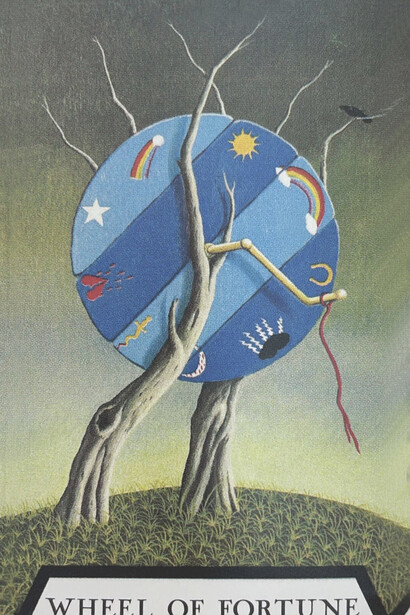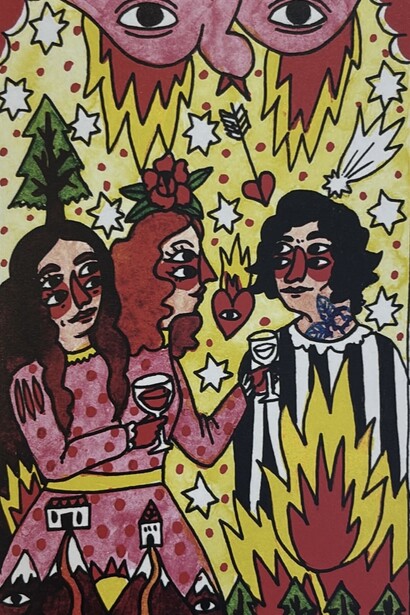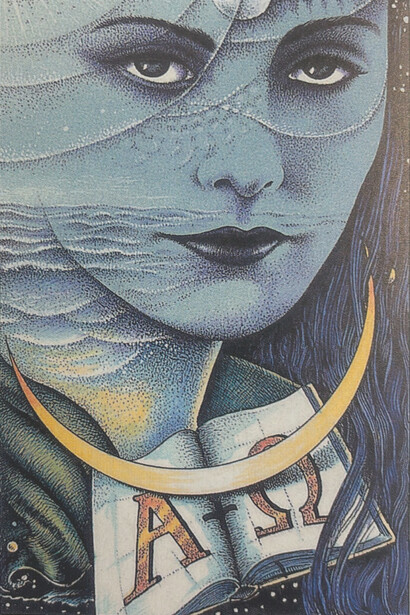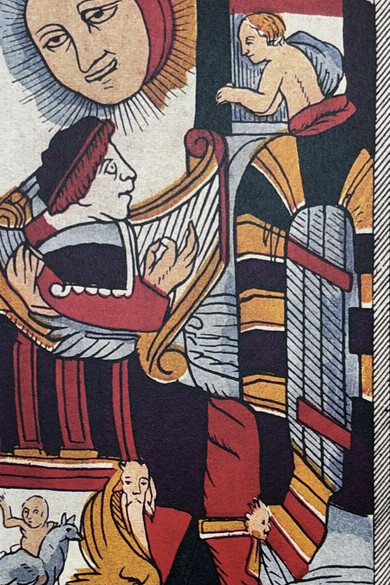Even though Tarot is widely known for fortune-telling, it actually holds up a mirror for the human history of human psychology, religion, and philosophy. Emerging in the 14th or 15th century, Tarot initially formed a carefully constructed visual system that expressed societal values, hierarchies, and beliefs through a unique language of symbols and images. Rather than being a collection of illustrated cards, Tarot is a tool through which different cultures communicated ideas, beliefs, and spiritual concepts.
A traditional Tarot deck consists of 78 cards with two different card types. The Major Arcana, consisting of 22 archetypal cards with names only as nouns, and the Minor Arcana, containing 56 cards reflecting 4 groups of numbers and more illustrative cards (Jack, Queen, King, Ace) found in playing cards. The entire system is connected with numerology to deepen the meanings and the associated symbolisms. The oldest surviving Tarot decks originated in Italy during the Renaissance era. They were not mystical tools but rather some luxury items that were commissioned as even presents. One of the earliest examples, created for the Duke of Milan in the early 1400s, is the Visconti-Sforza deck. These hand-painted cards with gold leaf embellishments reflect the High Gothic and early Renaissance styles. The illustrations on the cards have heavy religious (Christianity) influences and artistically remind us of classical Renaissance artistic styles. As mentioned before, the Major Arcana cards, such as the Pope, the Empress, and the Hierophant, are not only represented archetypes but also figures of power and religious order of the era.
These Italian decks evolved from earlier playing cards introduced from the Islamic world. The Mamluk cards from Egypt, Turkey, and surrounding regions, dating back to the 13th century, featured—now known in Tarot as the Minor Arcana—four types for numbers: cups, swords, coins, and staves. However, the Renaissance brought a profound artistic and spiritual awakening (as it did in a variety of concepts) that deeply influenced Tarot’s symbolism, incorporating Christian mysticism with Greek and Roman mythology, alchemy, astrology, and biblical narratives. During this period, Tarot played a variety of roles, such as being game pieces, storytelling tools, and a subtle way for social and political commentary. These multifaceted functions emphasize Tarot visuals sociological purpose as a language that visually communicates complex concepts, often circumventing censorship or social limitations.
Tarot ceased to be just a game or artistic object and was embraced as a spiritual system offering insight into both the cosmos and the self. The early 20th century brought a radical shift in Tarot’s visual and symbolic language. The Rider-Waite-Smith deck, created in 1909 by artist Pamela Colman Smith under the direction of occultist A. E. Waite, introduced visual clarity and psychological depth. Influenced by the Hermetic Order of the Golden Dawn, this deck presented archetypes designed to emphasize personal transformation and inner development.
The imagery was both mystical and accessible, reflecting contemporary interest in psychology, particularly the work of Carl Jung and others who explored the unconscious through symbols. Shortly, the Thoth Tarot, painted by Lady Frieda Harris under Aleister Crowley’s direction in the 1940s, expanded Tarot’s symbolism into modernism and abstraction. Harris’s illustrations incorporated sacred geometry, color theory, and surrealism, layering complex symbolism to evoke spiritual transformation. These abstract, sometimes nonrepresentational images resonated with the cultural upheavals of World War II and the search for new meaning amid existential uncertainty.
In the 21st century, Tarot has evolved into a dynamic and inclusive medium for artistic expression and sociological commentary. Modern decks reflect current concerns around identity, decolonization, environmental anxiety, and intersectional spirituality. For instance, the Wild Unknown Tarot, created by Kim Krans in 2012, embraces a minimalist, nature-based aesthetic aligned with eco-spirituality and wellness trends. Its hand-drawn, ink-and-watercolor illustrations focus on animals and elemental imagery rather than traditional human archetypes, emphasizing intuition and connection to nature.
On the other hand, The Next World Tarot by Cristy C. Road, created in 2017, challenges traditional iconography with a bold graphic novel style steeped in activism. With vivid colors and expressive lines, the deck represents queer, disabled, and BIPOC experiences, merging spiritual practice with political and social justice themes. This deck illustrates contemporary efforts to reclaim spirituality as inclusive and intersectional, highlighting Tarot’s ongoing role as a tool for empowerment and representation.
Tarot has endured ages and civilizations as a dynamic visual archive of human ideas, artistic styles, and social values. Tarot iconography has evolved over time, reflecting the spiritual, cultural, and political landscapes of each era. Despite these changes, Tarot's essential narrative and archetypal frameworks remain, providing a universal vocabulary for exploring meaning, morality, and the human experience. Its strength rests in its adaptability and capacity to absorb the symbols of each era, rewriting our common experience in new ways. To engage with Tarot is to participate in an ongoing dialogue across time, art, and culture, a continuing exploration of meaning, connection, and the mysteries of existence.


